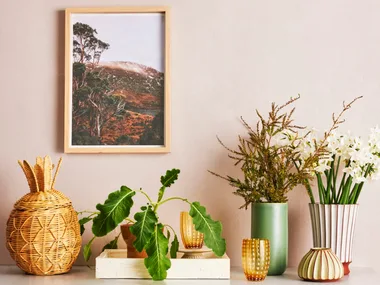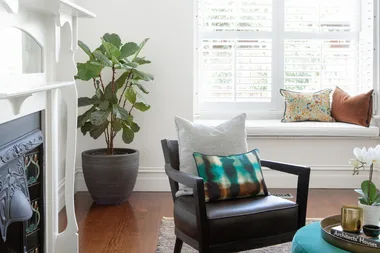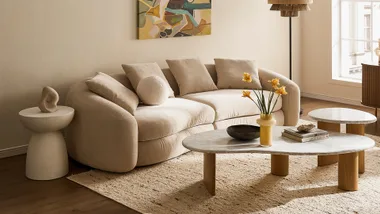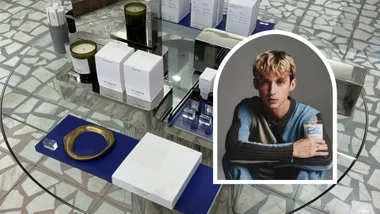It’s tough to convey to the wi-fi, YOLO, FOMO and Youtube generation how great a role the letterbox once played in Australian suburban life. We’re not talking the lovely old conical red ones – a few of which survive today – where you posted your letters, as opposed to just hitting ‘send’. Rather, this is about those humble receptacles that sit on your front fence.
On a purely functional level, letterboxes still perform much the same role as they always have: i.e., as the place where the postie puts the mail. But once they were so much more. They were chutes of destiny. For it was here that mysterious Valentine’s missives were deposited, where agonised-over exam results arrived and where birthday cards from Nan and Pop (complete with a crisp $5 note) reached their ultimate destination. As such, these repositories of hopes, dreams and possibly gift vouchers deserved some aesthetic respect.
At the bare minimum, you could personalise the letterbox by adding the name of the family whose correspondence it safeguarded. It was the perfect canvas for anyone who had completed a once wildly popular calligraphy course and lovingly rendered the clan’s vowels and consonants with flourishes of curlicues, dragon’s tails and ligatures. Or you could pop down to the local hardware store for individual adhesive letter decals (most likely black lettering on a gold background) which would then be affixed to the letterbox in whatever configuration you liked. Even descending diagonals – #fancy.
If you were talented, you could attach spinning wheels that exploded into life at the slightest breeze
Or for another upmarket effect, you could always spell out the house number. To quote Marge Simpson: “This area is so fancy the house numbers are written out in letters.” To which Homer replies, “Soon we’ll be writing out everything in letters”.
Part of the enduring loveliness of the letterbox was its ability to be customised to reflect the homeowners’ personality. It was easy enough to knock one up with the kids as a school holiday project: all you needed was a metre or two of timber, some nails, a hammer and a tub of leftover house paint. Depending on what the fascination du jour happened to be, the letterbox could then be decorated to resemble a Transformer, Pokemon or, in contemporary terms, that character Elsa who seems to have mammoth amounts of thermal underwear under her ballgown. (Because the cold never bothered her anyway.) And here’s the thing: once that pop culture entity crossed the border into eye-rolling and “That’s sooooo last year, Mum” territory, you could paint the whole thing over and start again.
It wasn’t just the children who could play around with letterboxes. Anyone who enjoyed tinkering about in a workshop – that’s what we had before the Internet, kids – could whip one up in a weekend. If you were especially talented, you might even create a scale model of the house it belonged to. You could also attach little wooden sailboats to signal your nautical bent or spinning wheels that exploded into life at the slightest breeze. Patriotic types could daub theirs with the Australian flag while those who’d grown up watching American TV shows might add one of those red levers that the postman would lower or raise to signal new mail had been deposited.
As long as they fulfilled the basic requirement of being able to accommodate an envelope, the options were endless. Through motif, colour, wit and whimsy, they provided an insight into those who lived a few metres beyond and went more than some way to creating streets lined with homes as opposed to houses.
If you thought that was funny, why not read unsung icons: electric blankets
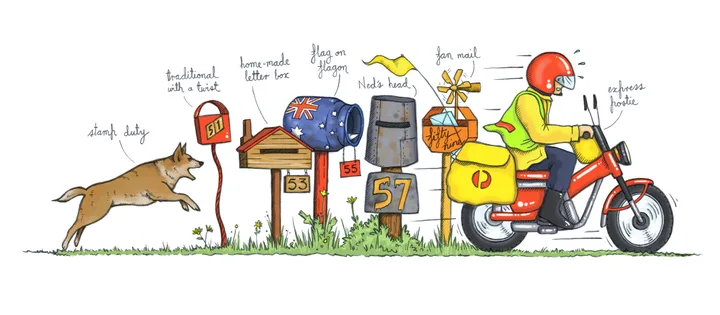 Illustration Matt Cosgrove
Illustration Matt Cosgrove
